Let's understand wheel alignment and wheel balancing and how they play a key role in safe driving and good tyre health. The guide below will help you differentiate between wheel alignment and wheel balancing to understand their importance.
What is wheel alignment?
A properly aligned vehicle is one in which all of its wheels are aimed in the same direction when under load and at normal speeds.
Benefits of maintaining proper Wheel Alignment:
✓ Extended Tyre Life-
Tyres are an expensive investment and you should always look for ways to extend their lifespan. One such way is to maintain proper wheel alignment. Regular alignment checks can help you ensure your vehicle's total mileage. Improper tyre alignment can cause them to wear out before time and unevenly.
✓ Less Fuel Consumption
If the tyres are not aligned, the direction of motion of the tyres is different from the direction of vehicle movement. It creates unnecessary forces and results in fuel loss.
Since fuel prices are rising every day, it is advisable to know the trick to reduce fuel consumption. When you have misaligned car tyres, it drags, roll and add more friction while driving. Proper alignment can help you optimise fuel efficiency with fewer friction.
According to the US Environmental Protection Agency (USEPA), a wheel misalignment leads up to 7%* decrease in fuel economy, which is huge!
✓ Improved maneuverability
Poor alignment can cause your car to drift on the road. Proper wheel alignment improves road contact, resulting in a smoother ride and better maneuverability on all twists and turns.
✓ Minimize driver fatigue
An unaligned wheel causes the vehicle to pull to one side, requiring the driver to be extremely careful on the road, which wears him out. Proper wheel alignment helps reduce wheel vibration and ensures a safer ride.
.jpeg)
When to check wheel alignment?
Wheel alignment should be checked as recommended by the Original Equipment Manufacturer (OEM/Vehicle Manufacturer).
If the OEM recommendation is not available, it is recommended to check every 5,000 km to 8,000 km or if you notice any irregular wear or vehicle pulling.
The OE recommended alignment angle values have very tight tolerances that must be maintained. Therefore, it is recommended to have your wheel alignment done at high-quality trusted Dealers.
What is wheel balancing?
Wheel balancing is the process of checking the wheels on a wheel balancing machine and putting equivalent weights on the lighter side to balance the wheel assembly.
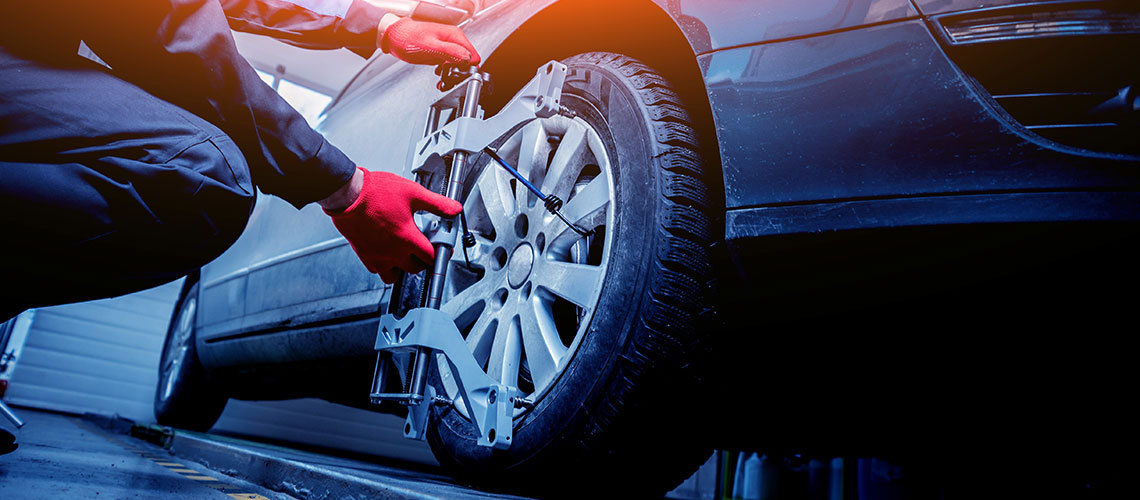
Benefits of maintaining correct Wheel Balancing:
✓ Reduces vibration
Imbalanced tyres usually cause the vehicle to jump or hop up and down, resulting in vibrations. These vibrations put the vehicle at risk and increase the likelihood of an accident. If you feel vibrations, it's always a good idea to call the professionals and get your tyre checked.
Based on internal test conducted at the government testing facilities, it has been found that proper wheel balance can lead up to 10%* less steering vibration.
✓ Minimize tyre irregular wear
The constant vibrations caused by an unbalanced wheel often cause uneven and irregular tyre wear. One should always check the rate at which the tyre is deterioration rate and look for ways to reduce irregular wear of tyres.
✓ Runs smoothly even at high speeds
Perfect wheel balance means good road contact and fewer friction. It helps the car run smoothly even at high speeds.
✓ Better handling
When the wheel balance is in perfect condition, there is less chance of the vehicle drifting, which eventually helps in better vehicle handling.
When to check wheel balance?
Wheel balance should be checked as recommended by the Original Equipment Manufacturer (OEM/Vehicle Manufacturer).
If OEM recommendation is not available, it is recommended to check every 5000km to 8000km or if you feel any vibration or after puncture repair.
Proper wheel balancing ensures that the wheel turns as it should. Every now and then, hindrance is often caused due to bent rim, excessively wear tyres, punctures, or improper tyre fitting. Using a large patch to repair the tyre can also affect the tyre's balance. Therefore, you should always balance the wheel after repair or when you experience unusual vibrations while driving.
You can also contact a Bridgestone India dealer near you where our team of experts are ready to help you maximize the potential of your car tyre. Get your car tyres professionally inspected, aligned and balanced to ensure peak performance.
Also Read: Centre plans to introduce cashless treatment of accident victims across India: Official
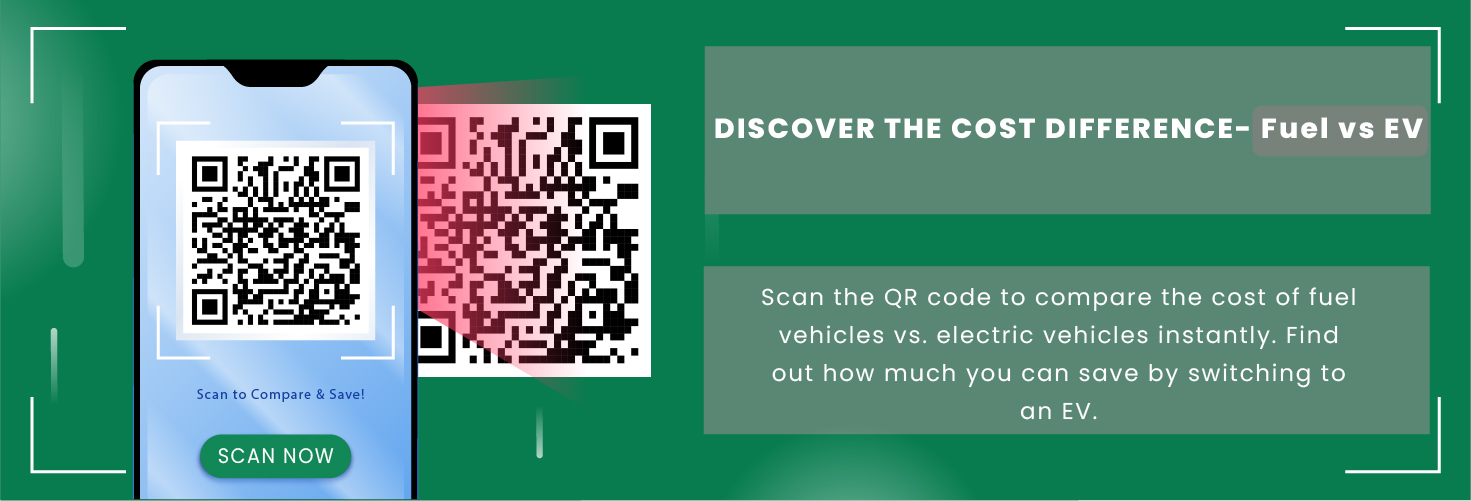

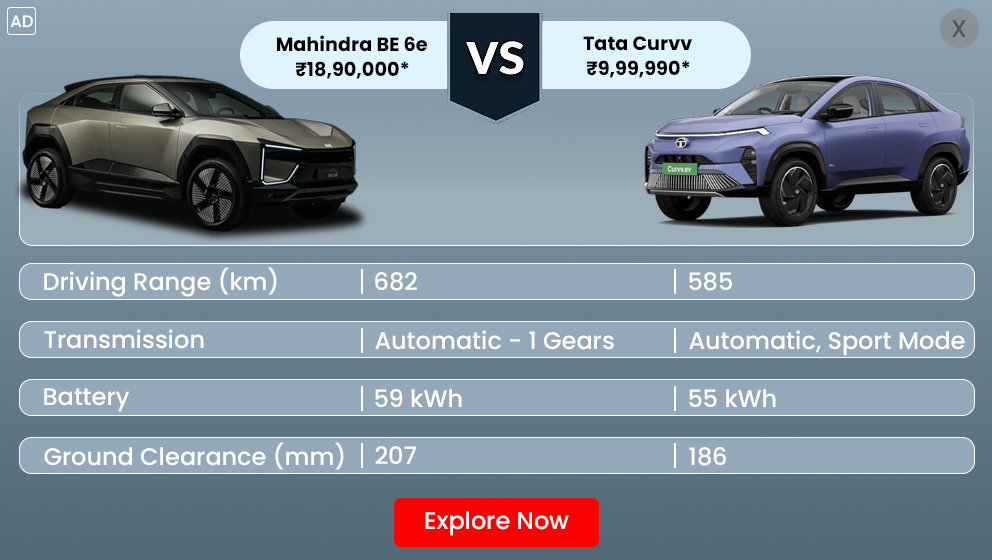

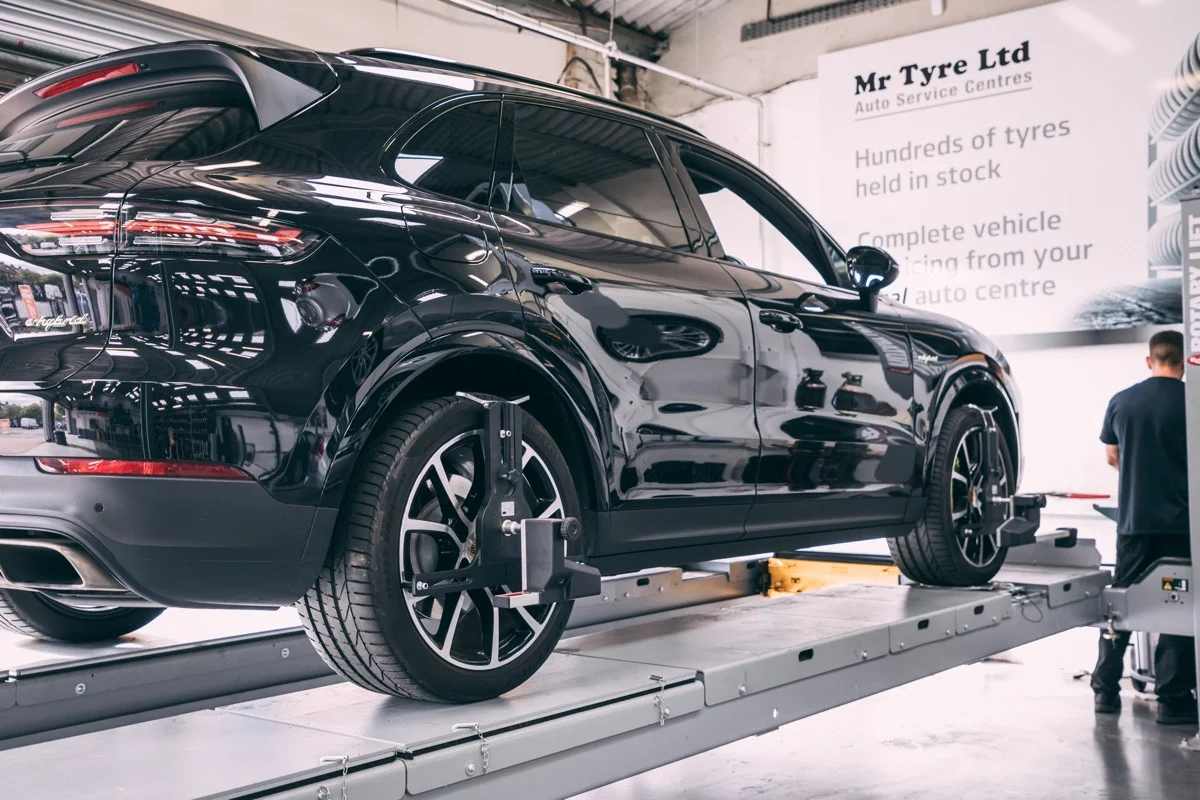



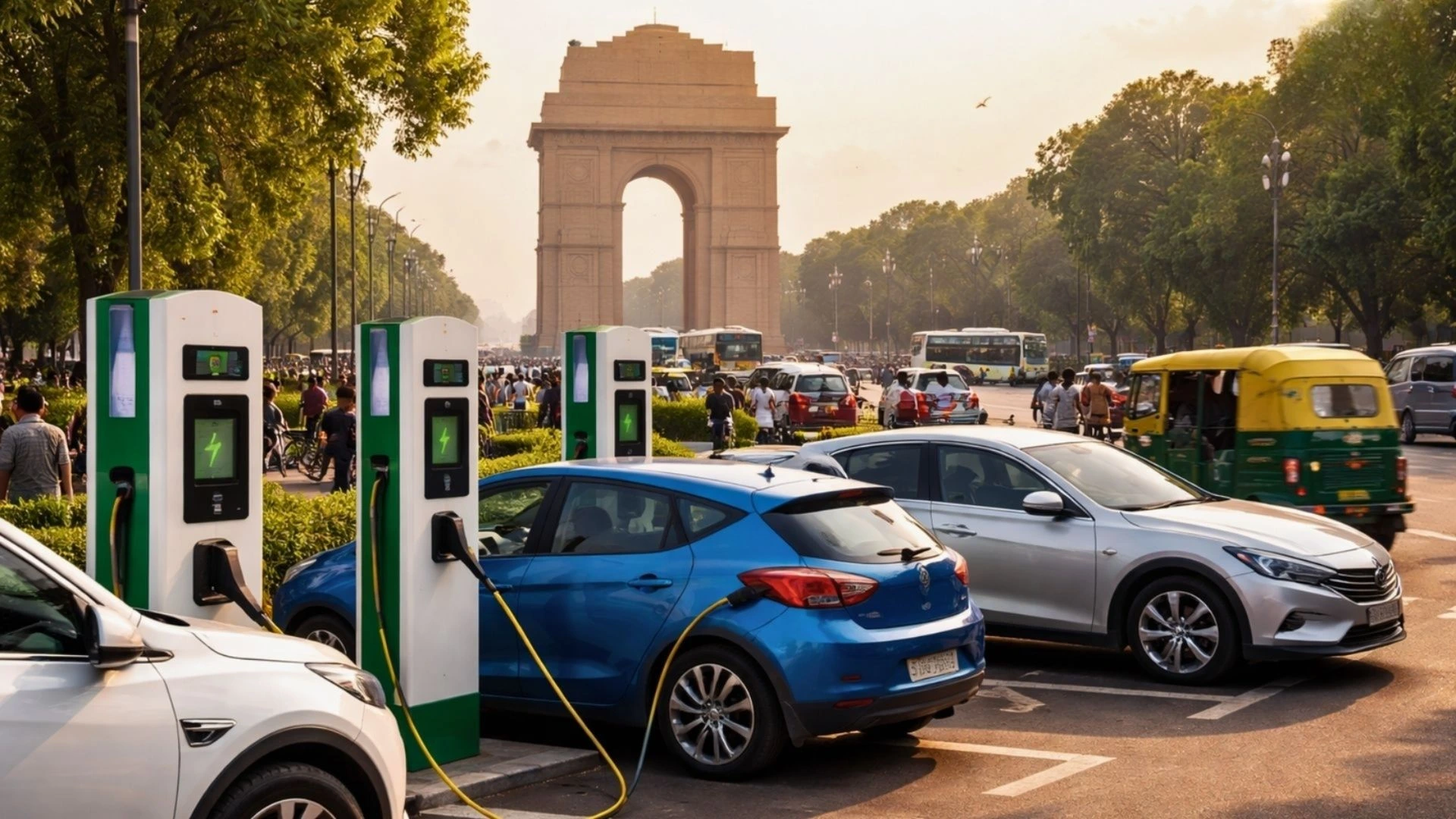

 (1)_1766386591.webp)